
It’s July 2025. Already this year, U.S. authorities announced over 7 million vehicles recalled in Q2 alone. This is the highest quarterly volume since early 2024! Now, American drivers are being challenged by these uncertainties: which recalls apply to their cars, and how urgent are the fixes? Those who aren’t feeling particularly anxious about this may catalog July 2025 as another routine issue, but experts say otherwise. This isn’t really normal. Too many cars are impacted. The danger is at an all-time high for accidents, which means that all drivers should realize the threat they expose themselves to by getting into a car that, these days, seems to always need another modification to function. Can anything be done, other than letting fear control us? Let’s delve deeper into what’s going on and why.
Dangers Under the Hood
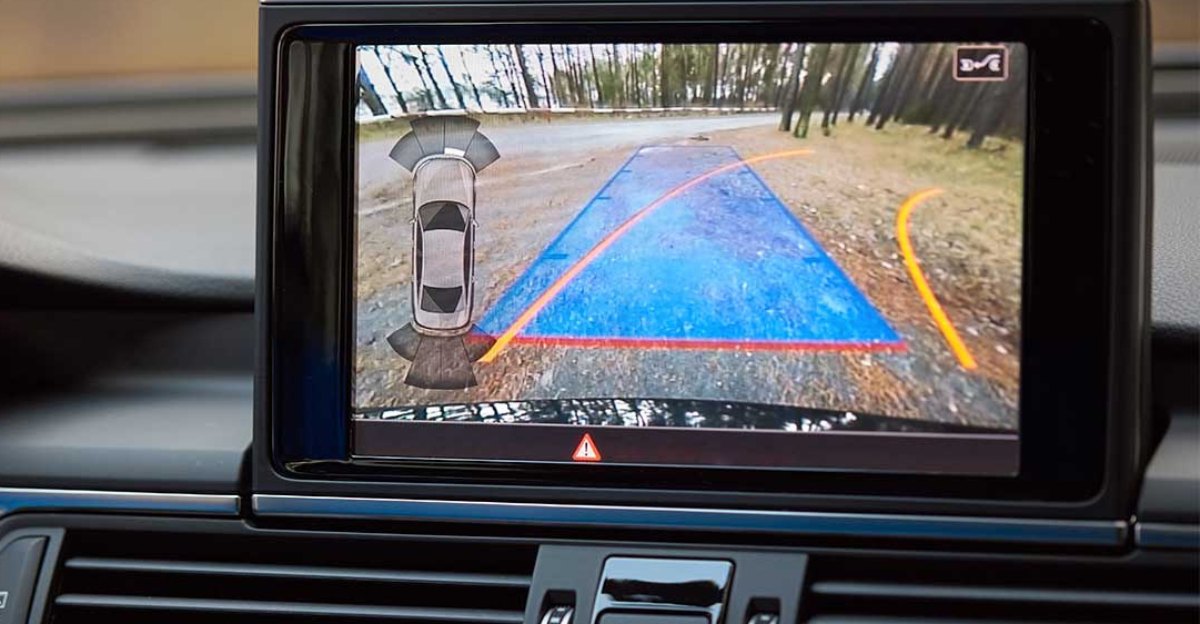
The majority of these recalls involve problems most people might not have even thought about, like rearview cameras freezing or failing when the driver needs them most. Or fuel systems or braking modules that risk malfunctioning out of nowhere. Even software glitches can disrupt one’s car in an instant. In this digital day and age, having a complex, automated system in your car opens the way for more and more potential errors to pile up.
Major Players Are at the Head of the List
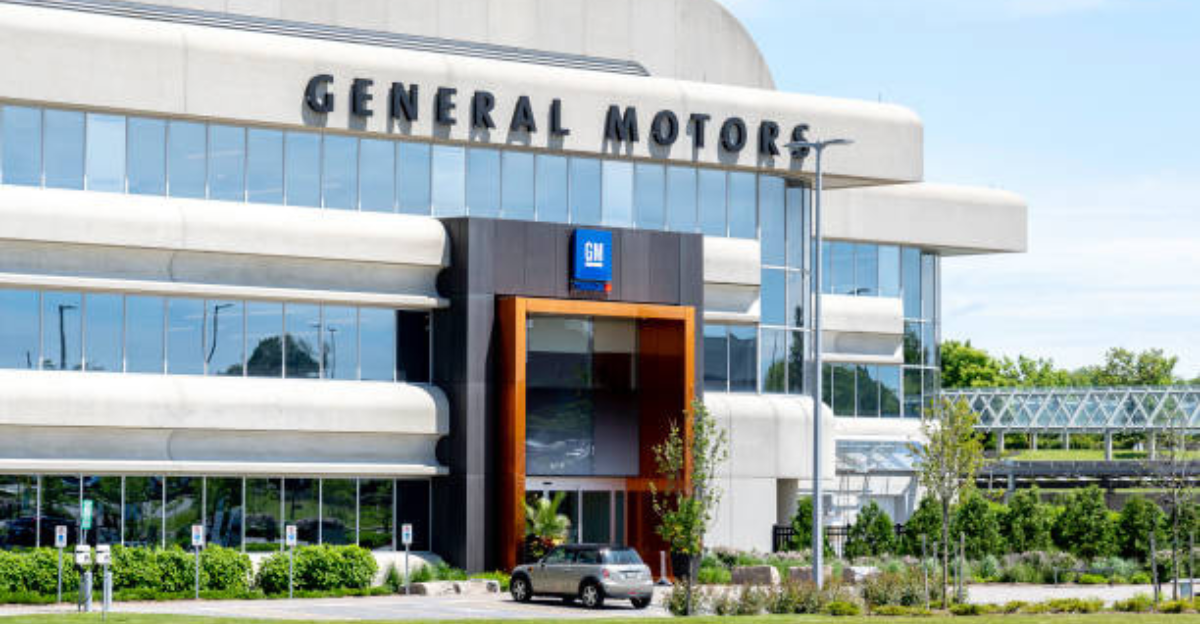
Manufacturers like Ford, General Motors, Stellantis, Nissan, and Honda are currently experiencing the highest number of recalls. Focusing on sheer volume alone, these companies are dealing with millions of affected vehicles on U.S. roads. Some have issued dozens of separate recall campaigns within just the first half of the year. With so many recalls so quickly, this looks less like just bad luck and more like a systemic issue.
One Brand Stands Out…

It was all about the popular brand everyone knows… until now. One brand has issued more recalls than the rest by a wide margin. Nearly half of the recalls have been issued by this company alone in Q2, and as the gossip spread, drivers guessed either Dodge, Toyota, or Honda as the leader. But the speculation made more people anxious than calm about their purchase. It is incredibly unfortunate for these recalls to hit so close to home.
Reveal: Ford Tops the Chart
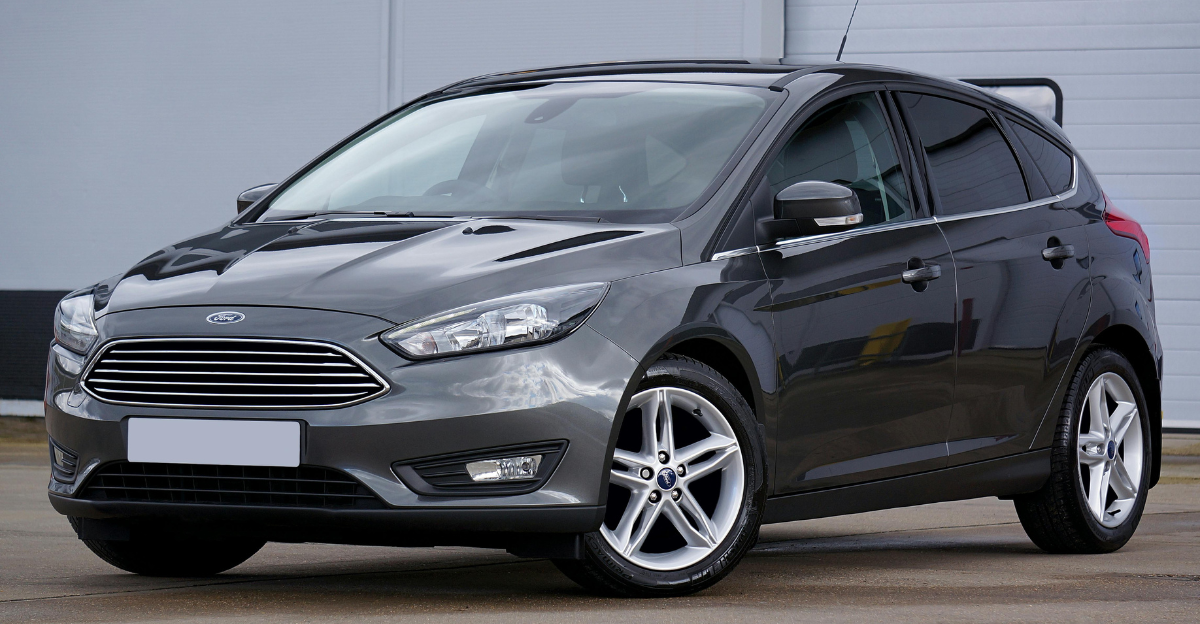
It is actually Ford, with more than 3.3 million vehicles recalled in Q2 alone! In percentages, this amounts to 45% of all U.S. vehicle recalls during the quarter. The company has issued 49 different recall campaigns over the past year. For comparison, that’s more than double the recall activity from most other major brands. Ford’s dominance on this list has clearly chipped away at people’s trust in this major brand. Can their reputation be saved at this point?
What Ford Drivers Should Know

Ford’s most significant recall this year involves a fuel pump defect, affecting approximately 850,000 vehicles. This can lead to unexpected engine stalls while driving, which significantly increases the risk of crashing. Another major issue relates to software bugs in the rearview camera, which cause the image to fail to display properly. Ford has indicated that many of these issues are fixable via over-the-air updates, but some vehicles will still require dealer intervention for repairs.
Other Huge Brands on the List
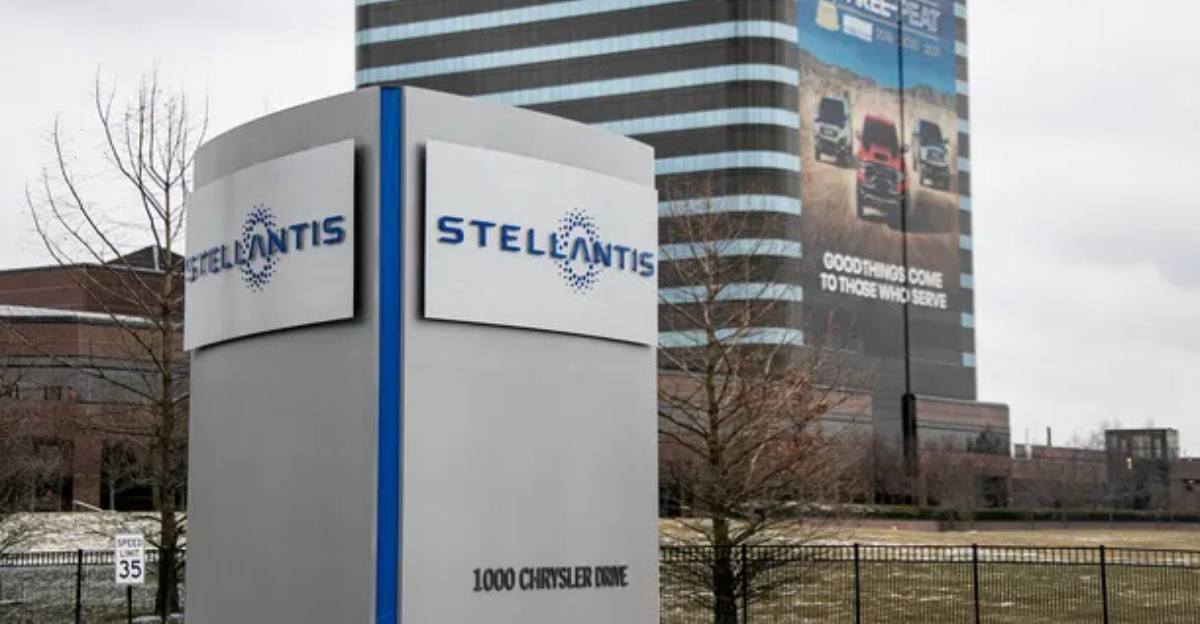
We established Ford as taking the gold medal in the recall campaign this year, but what about silver and bronze? In the recall rankings, we have General Motors with approximately 743,000 vehicles recalled in Q2, followed by Stellantis at 556,000, Nissan at 524,000, and Honda at around 485,000. The causes for these recalls are more varied than Ford’s, including seatbelt malfunctions, electrical shorts, and software flaws affecting automatic braking systems. With the way things are moving, it appears no brand, regardless of how well it has functioned so far, is safe.
The Top-5 Recalls
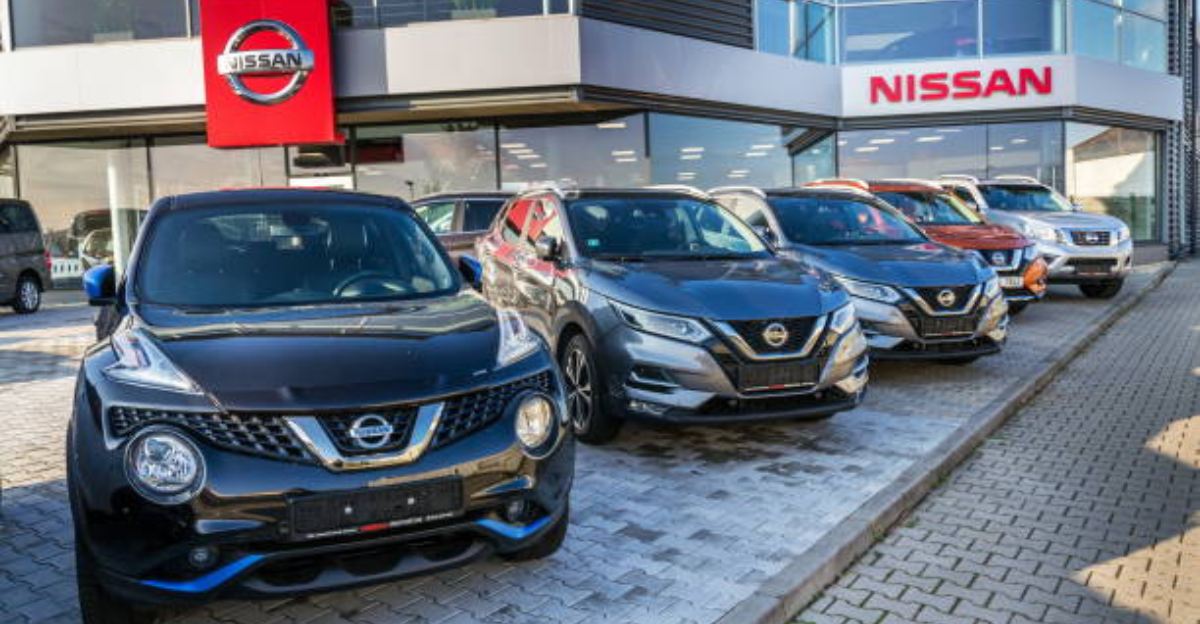
Let’s put everything in order: Ford goes first, with about 3.3 million recalls. GM with 743,000. Stellantis (Chrysler, Jeep, Dodge) is at 556,000. At number four, Nissan with 524,000. Number five is occupied by Honda with 485,000. The reasons vary by brand, from faulty sensors and engine failures to defective airbags and increasingly random errors.
What Drivers Must Do

Experts believe the spike in recalls is due to the push to digitalize vehicles, which consequently makes everything more complex. Advanced driver-assistance systems, electrified drivetrains, and interconnected software all require extensive testing. But it’s not just about technology. Tighter government regulations and better defect tracking have made it harder for companies to delay necessary safety actions. And public pressure and class-action lawsuits are making brands fear for their reputation, so they’re acting faster nowadays. With these in mind, drivers should visit the National Highway Traffic Safety Administration’s website (nhtsa.gov/recalls) to check their VIN and sign up for alerts.
It’s All About Road Safety

The current wave of auto recalls is more than a routine industry check. As vehicles become more advanced, the margin for error shrinks. Consumers must become more involved in ensuring they are safe and others on the road are as well, while manufacturers must invest more in fail-safe designs and real-time diagnostics. For now, millions of Americans are being told to get their cars checked promptly, and in some cases, not to drive any vehicle until repairs are done. With Ford’s recall totals overshadowing the competition, the 2025 recall crisis is a wake-up call for the industry. Whether they rise and become better than ever before remains to be seen.
